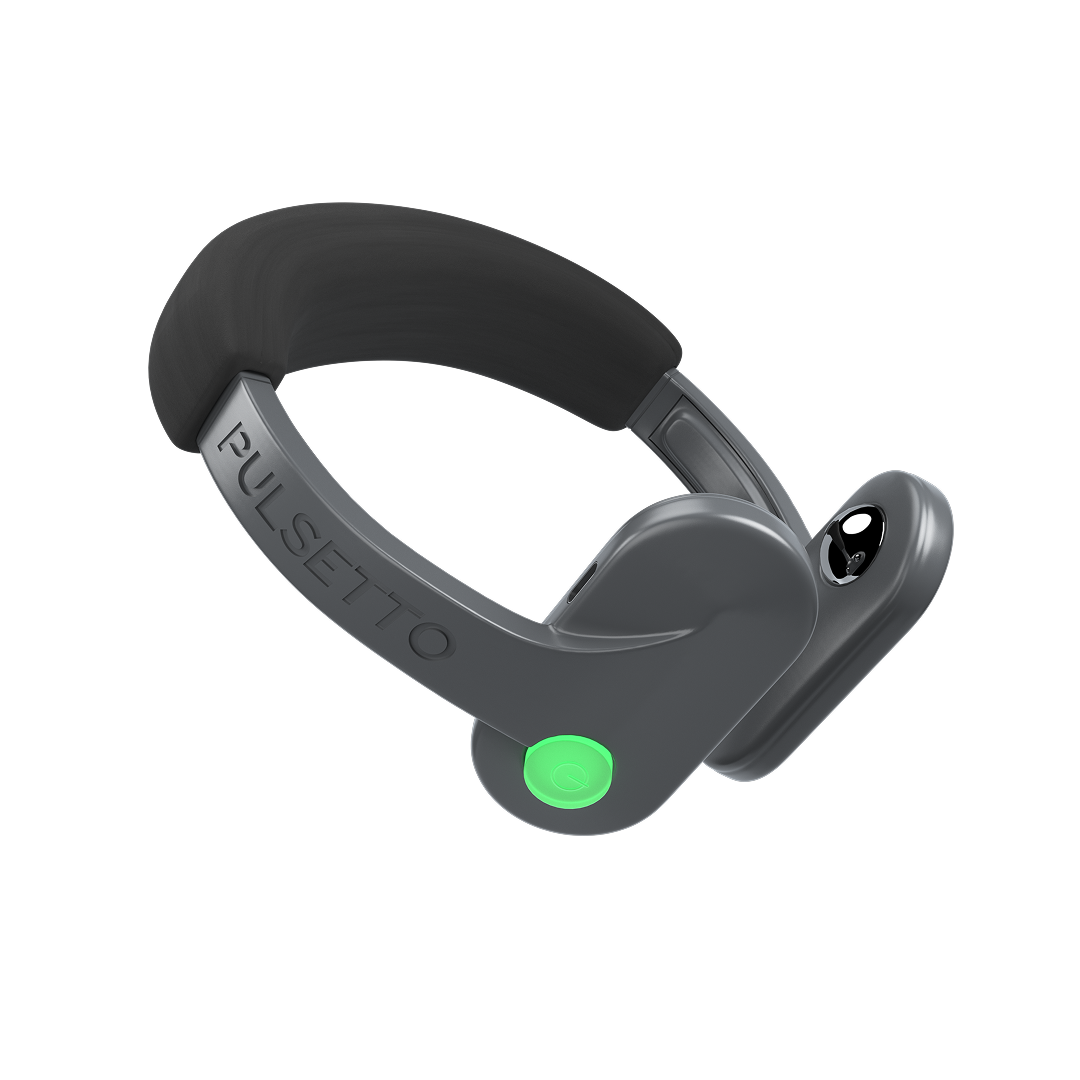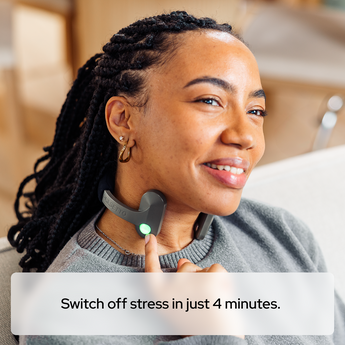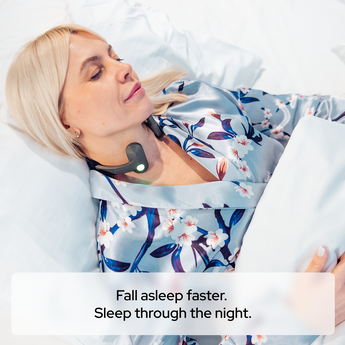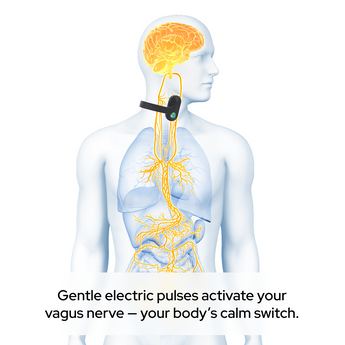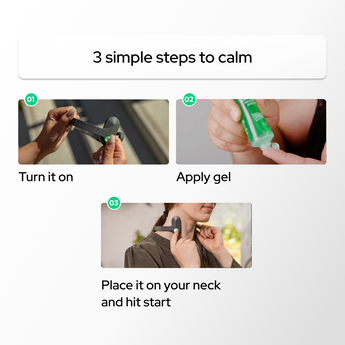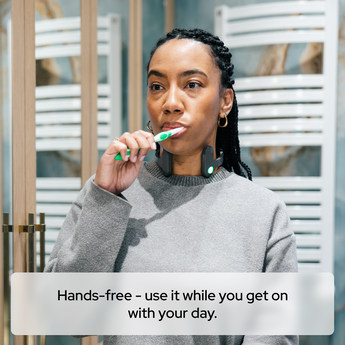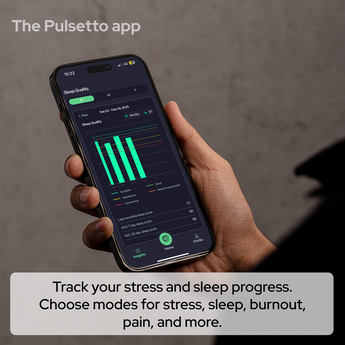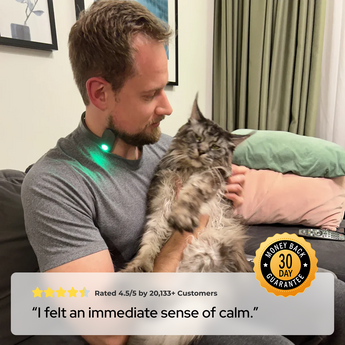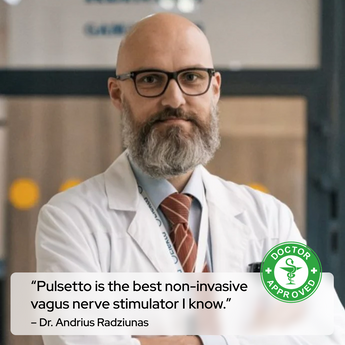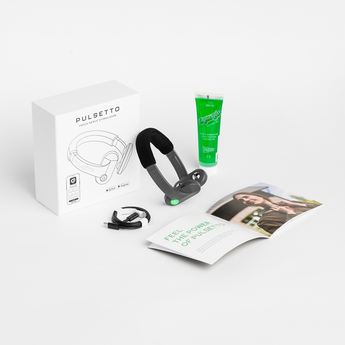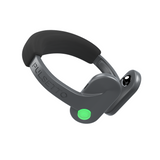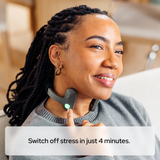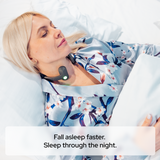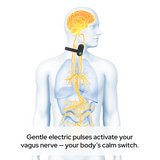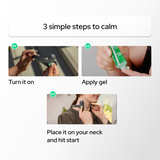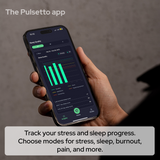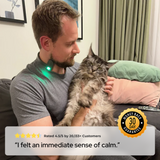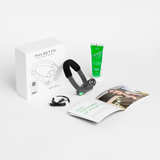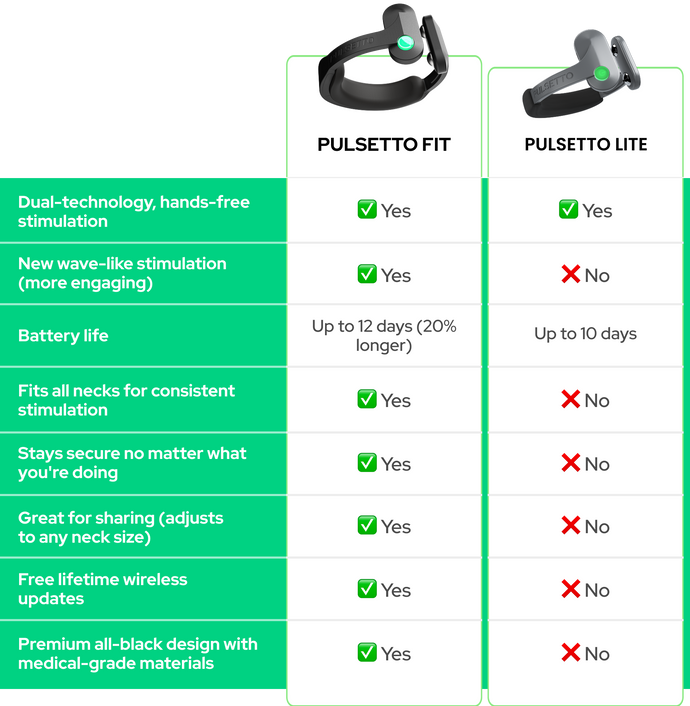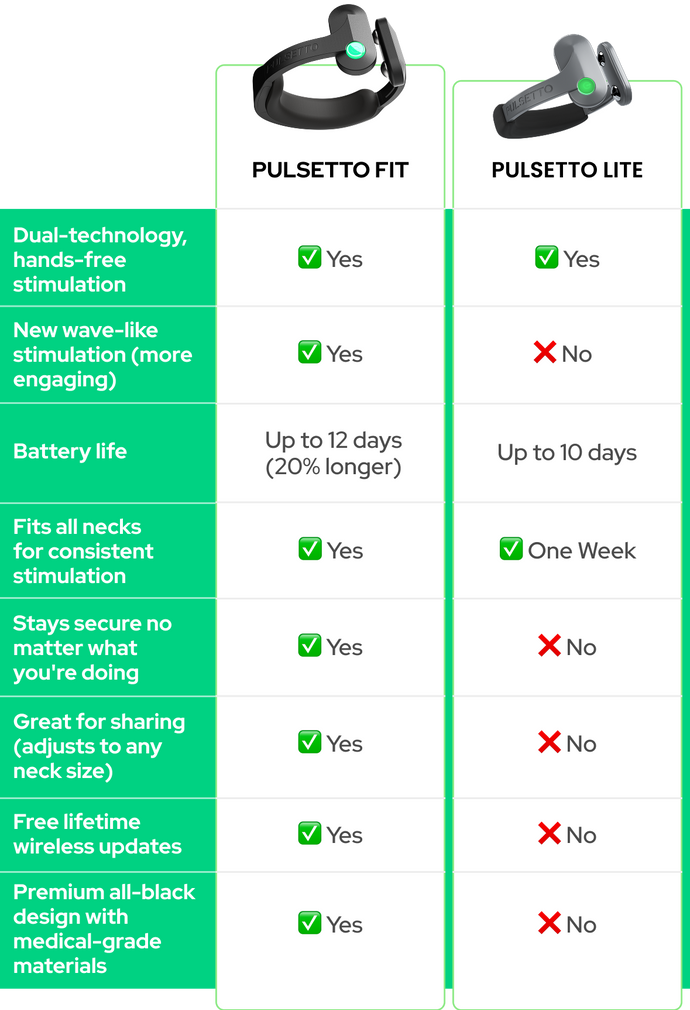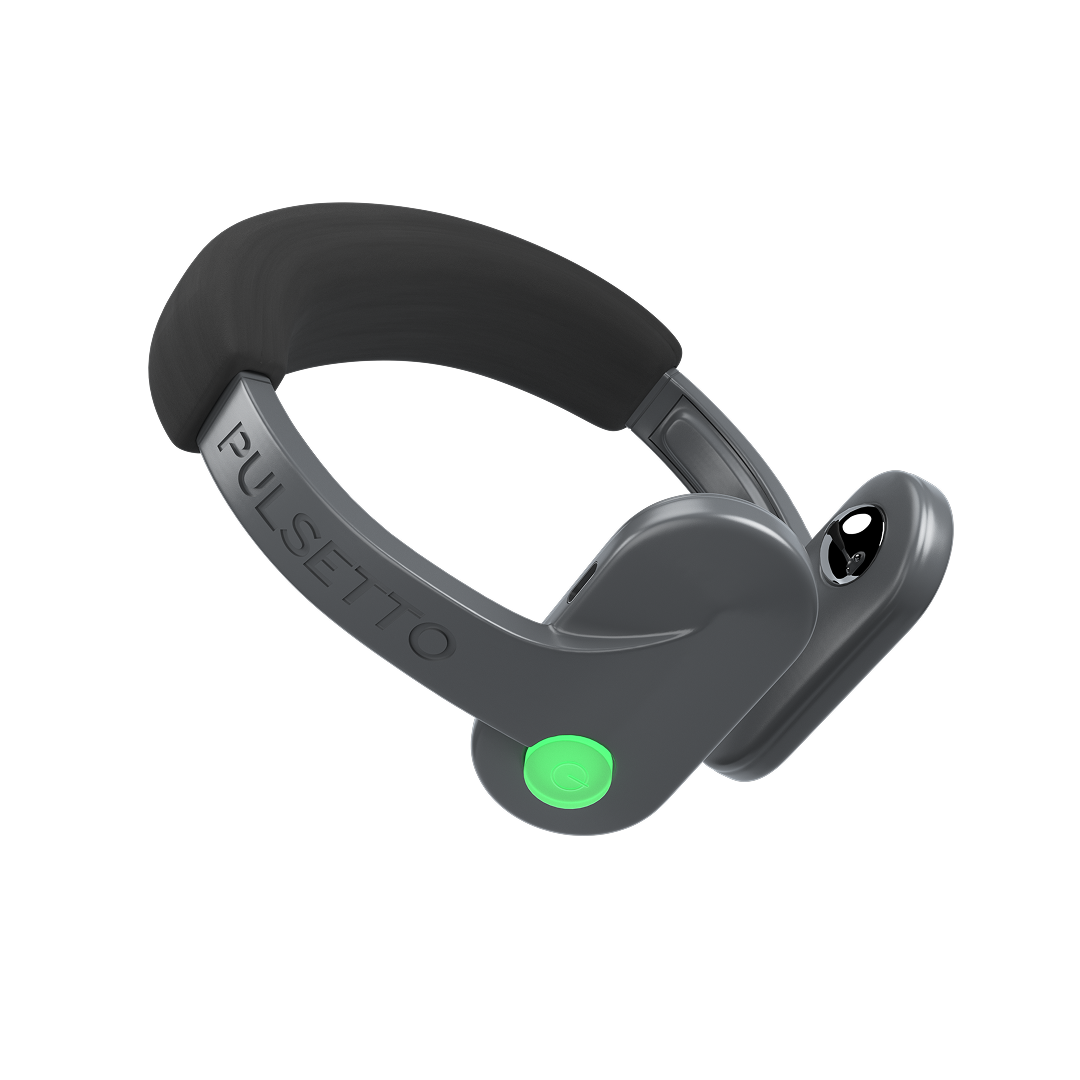Using HRV Exercises To Prevent Seizures
Heart Rate Variability (HRV) exercises are designed to improve the variability in the time interval between heartbeats. This variability is a good indicator of how well your autonomic nervous system is functioning. Higher HRV scores are associated with better cardiovascular health, reduced stress, and improved emotional resilience. These exercises can be particularly beneficial for managing seizures by promoting relaxation and stability in the nervous system.
Specific HRV Exercises for Seizure Management
A few HRV exercises can help manage seizures. These exercises focus on breathing techniques, physical activities, and other methods to stimulate the vagus nerve naturally.
Deep Breathing Exercises
Deep breathing stimulates the vagus nerve, enhancing parasympathetic activity, which can help lower heart rate and promote relaxation. To do this, inhale deeply through the nose for a count of four, hold for a count of four, and exhale slowly through the mouth for a count of six to eight. Repeat for several minutes.
Diaphragmatic Breathing
This method encourages full oxygen exchange and increases HRV by activating the parasympathetic nervous system. Lie on your back with your knees bent or sit comfortably. Place one hand on your chest and the other on your abdomen. Breathe in deeply through your nose, allowing your abdomen to rise while keeping your chest still. Exhale slowly through pursed lips.
Box Breathing
Technique: Inhale for four counts, hold for four counts, exhale for four counts, and hold again for four counts. Repeat for several cycles.
Benefits: This structured breathing pattern can help regulate the autonomic nervous system, potentially lowering seizure triggers.
Cold Showers
Exposing your body to cold water can stimulate the vagus nerve and improve HRV. Start with a warm shower and gradually lower the temperature to a cold setting for about 30 seconds to a minute.

Cold showers can boost energy levels and enhance blood circulation.
Mindfulness Meditation
Mindfulness can reduce stress and improve emotional regulation, which may help with seizure control. Sit in a comfortable position and focus on your breath. When negative or intrusive thoughts arise, acknowledge them without judgment and return your focus to your breath. Practice for 10-20 minutes daily.
Progressive Muscle Relaxation
This technique can reduce overall tension in the body and promote a state of calm, potentially lowering seizure susceptibility. Tense each muscle group for five seconds and then relax them, starting from the toes and working up to the head. Focus on your breathing throughout the process.
Guided Imagery
This can help distract from stressors and promote relaxation, which may be beneficial for individuals prone to seizures. Use audio recordings or apps that guide you through visualizing calming scenes or experiences while focusing on your breath.
Yoga and Tai Chi
These practices enhance HRV, reduce stress, and improve overall well-being, which may help in seizure management. The regular practice of yoga or tai chi incorporates controlled breathing, movement, and mindfulness.
Evaluating Effectiveness
Combining HRV exercises with VNS may be effective in managing seizures. While VNS is a direct method to stimulate the vagus nerve, HRV exercises support overall autonomic nervous system health. This combination can enhance the effectiveness of seizure management strategies.
Track the effectiveness of HRV exercises and VNS in managing seizures. Keep a journal to note the frequency and severity of seizures, along with the type and duration of HRV exercises performed. Over time, this data can help determine which methods are most effective for you.
Non-Invasive Vagus Nerve Stimulation Devices for Seizure
Non-invasive VNS devices are a practical and convenient way to stimulate the vagus nerve without surgical implants. These devices are designed to be user-friendly and their use can be integrated into a daily routine.

Pulsetto is a non-invasive VNS device that should be worn around the neck.
Types of Non-Invasive VNS Devices
There are various types of non-invasive VNS devices available on the market. These include handheld devices like the gammaCore and wearable gadgets like Pulsetto and Amofit S.
Comparison with Implantable VNS
While implantable VNS devices require surgery and ongoing medical supervision, non-invasive VNS devices are far less intrusive. They are easier to use and more accessible for those who may not be candidates for surgery. However, implantable devices may provide more consistent stimulation, making them a better option for some individuals who suffer from severe seizures.
Cost and Accessibility
Non-invasive VNS devices are generally more affordable than implantable options. Prices can vary, but devices like Pulsetto are cost-effective while offering high-quality VNS therapy. Accessibility is another advantage, as these devices can be purchased online and used at home without frequent visits to a healthcare provider.
Pulsetto Vagus Nerve Stimulation
Pulsetto is a sleek, stylish device that fits seamlessly into any lifestyle. It's designed to provide quick and effective VNS therapy. With over 20,000 satisfied users worldwide, Pulsetto has become a favorite for those seeking immediate stress relief and relaxation.
Features and Benefits
Pulsetto offers several features and benefits that make it stand out from other non-invasive VNS devices:
- Ideal for immediate stress relief and relaxation
- Various intensities and programs for personalized use (e.g., stress, anxiety, sleep, burnout, pain management)
- Stylish, user-friendly design
- Portable
By incorporating Pulsetto into your daily routine, you can experience the benefits of VNS therapy without invasive procedures.
User Instructions
Here’s how to get started with Pulsetto:
- Turn on the device and sync it with the app.
- Clean and dry the skin where the electrodes will be placed.
- Apply gel to the pulse points on the neck or the device for better contact, and attach the electrodes to your neck as instructed.
- Open the app, select a mode (stress, anxiety, sleep, burnout, or pain management), and use the device for 6-10 minutes. Remember that you should use it for fewer minutes when using the device for the first few times.
- Find a comfortable seated or lying position and focus on deep, relaxing breaths during the session.
Following these steps can help you maximize the benefits of Pulsetto and improve your overall well-being.

Pulsetto is worn around the neck
Availability and Purchase Options
Pulsetto is available for purchase online from our official website and select retailers. Here are the steps to get your Pulsetto device:
- Visit the official Pulsetto website.
- Select the Pulsetto device and any additional accessories.
- Complete the purchase through the secure checkout process.
- Receive your Pulsetto device and start using it to improve your well-being.
By purchasing directly through the official website, you can be sure of receiving a genuine product with a full warranty and customer support.
Experience the calming effect of Pulsetto today!
Frequently Asked Questions (FAQ)
What are the main benefits of VNS for seizure management?
The main benefits of VNS for seizure management include a reduction in seizure frequency and severity, improved quality of life, and potential reduction in medication dosage. VNS helps modulate brain activity, making it less likely for abnormal electrical discharges to occur.
Are there any risks associated with non-invasive VNS devices?
While non-invasive VNS devices like Pulsetto are generally safe, there may be minimal side effects such as mild discomfort or skin irritation. It's important to follow the manufacturer's instructions and consult a healthcare provider if you have any concerns.
Can HRV exercises be done at home safely?
Yes, HRV exercises can be done at home safely. Techniques like controlled breathing, cold showers, and meditation can be easily incorporated into your daily routine. These exercises support overall autonomic nervous system health and can enhance the effectiveness of VNS therapy.



